Therapy for tired feet, meadow brown butterflies, shaking the hay rattle and rising trout ...
... Saturday morning's walk around Wolsingham, Weardale
Silverweed Potentilla anserina, growing on a road verge. The leaf underside (top right) is covered in long, silvery-grey hairs. Potentilla means ‘the little powerful one’, a reference to the plant’s roots as famine food and to its value in herbal medicine. A wayside plant, resistant to trampling, so maybe that’s why legend has it that it eases sore feet if you put it in your shoes, where those fine hairs absorb moisture and keep your feet cool, ‘preventing immoderate sweating of the feet that causes soreness in them’, according to Geoffrey Grigson in An Englishman’s Flora. The specific name anserina means ‘of the goose’ (Anser=goose), perhaps indicating that it was valued as food for geese.
Glanced up as I ducked under an overhanging bough of bird cherry and noticed these small ermine moth caterpillars, defoliating the twigs inside their protective tent of spun silk.
Holly berries swelling. It looks like a good crop this year. As Christmas draws near we’ll look at the scarlet berries and wonder whether it heralds a hard winter, but their abundance really reflects how favourable the weather conditions were for pollinators when the trees flowered, back in May: they were just about perfect in this year’s warm spring. There are separate male and female holly trees; only the latter bear fruit.
Meadow brown butterfly feeding on nectar of great burnet Sanguisorba officinalis
Great burnet is a classic indicator of old, unimproved hay meadows and this one is full of it. The plant, with its blood-red flowers, was valued in herbal medicine for its usefulness in stanching blood-flow from wounds, probably due to the Doctrine of Signatures, where plants that resembled parts of the human body were considered to be carrying a divine endorsement that pointed the way their therapeutic uses.
Hay rattle Rhinanthus minor ripe seed capsules, with seeds that really do rattle when you shake them. A partial-parasite of grasses, weakening their growth and giving less vigorous wild flowers a chance in compete in a hay meadow.
My favourite grass, Crested dog’s-tail Cynosurus cristatus. Sheep avoid it’s stiff straw, said to have been used for weaving straw hats in places where it grows in abundance. There’s an interesting excerpt from an 1807 book about straw bonnet makers in Jane Austen’s day, here
A female small tortoiseshell butterfly laying eggs on the underside of a stinging nettle leaf, the caterpillar food plant.
Greater celandine Chelidonium majus, growing as a pavement plant. A member of the poppy family, unrelated to the spring-flowering lesser celandine. Almost always found on disturbed ground close to habitation, probably because the caustic orange latex that bleeds from its broken stems was a traditional but ineffective treatment for warts.
A fragrant lavender hedge beside a pavement in Wolsingham. It reminds me of my grandmother’s garden 70 years ago, with flowering lavender, alive with bumblebees and cabbage white butterflies, on on either side of the path leading to her front door.
A magnificent small-leaved lime Tilia cordata in Wolsingham parish churchyard. An uncommon tree in the north east, near the climatic limit for its production of viable seed, although that is likely to change as the climate becomes warmer. Common lime Tilia x europaea, a hybrid, is frequently planted in imposing tree-lined avenues, scenting the air when in full flower in late June, and humming with bumblebees.
And finally, pushing the limits of my old phone camera, but I think this a young trout in Thornhope beck. What could be more relaxing, on a hot summer morning, than watching trout hold station, with a languid swish of its tail, in the gentle flow of a beck under a bridge?

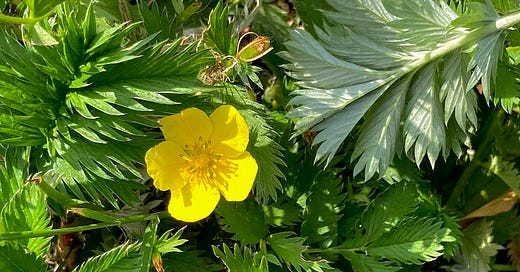



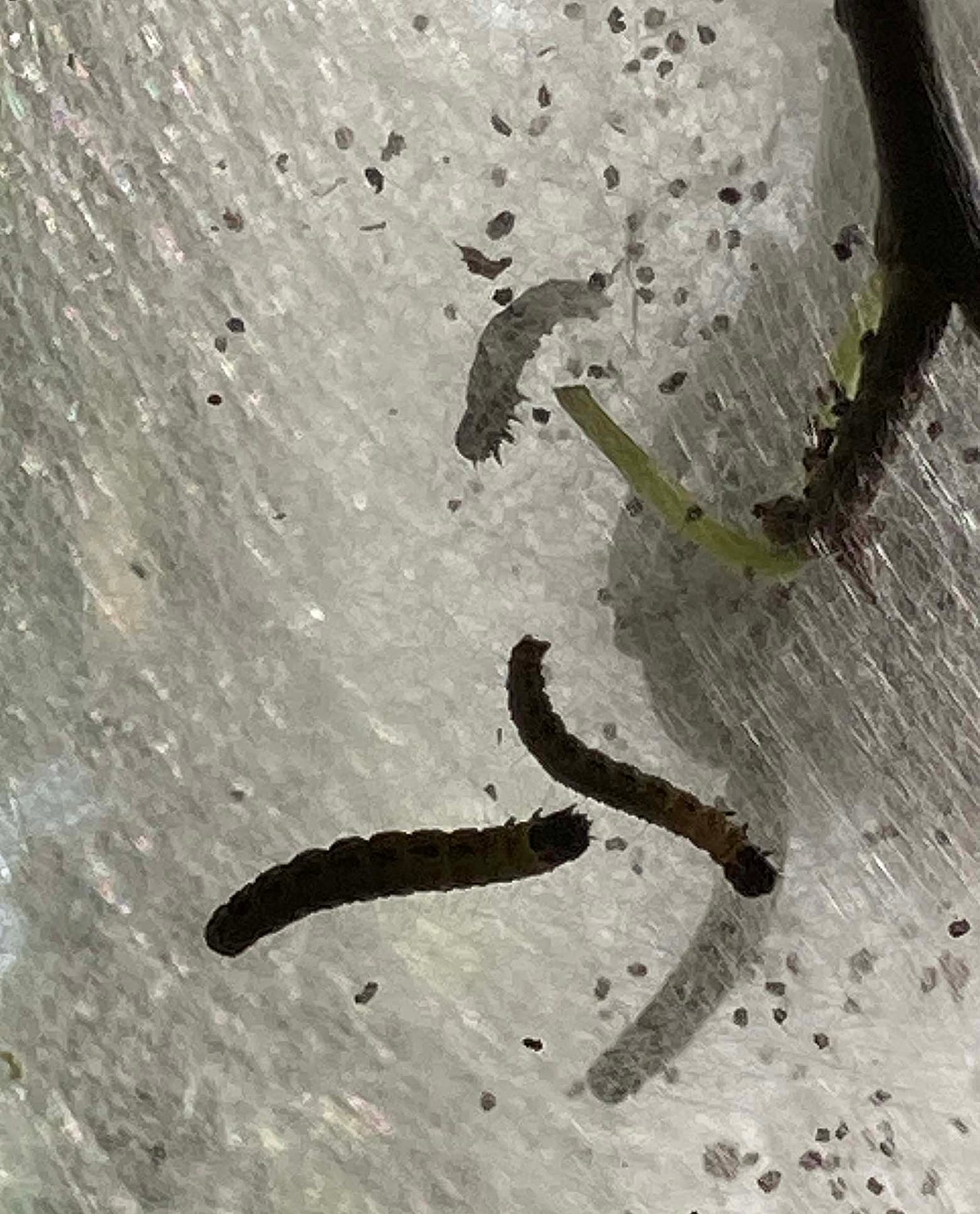
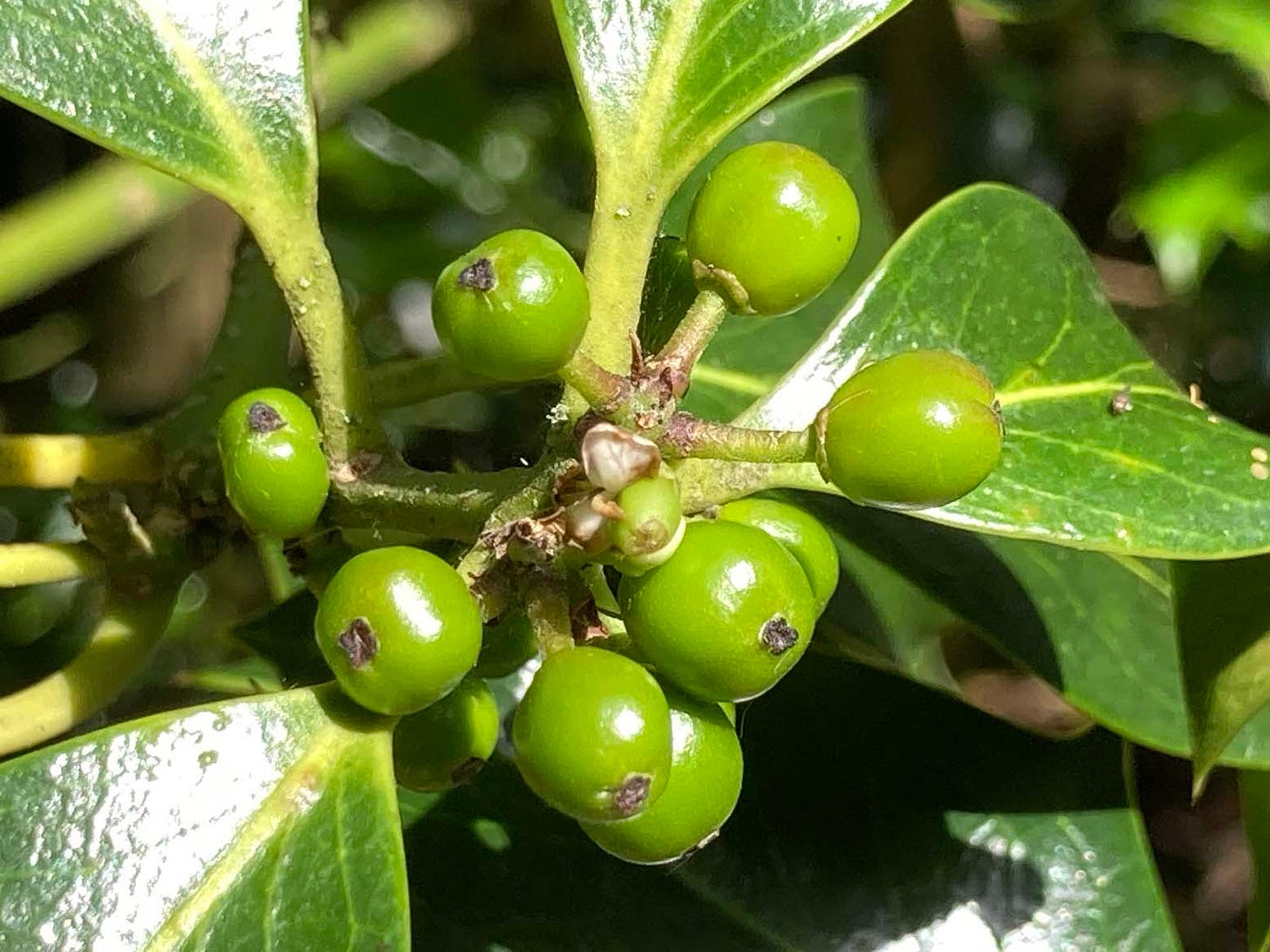

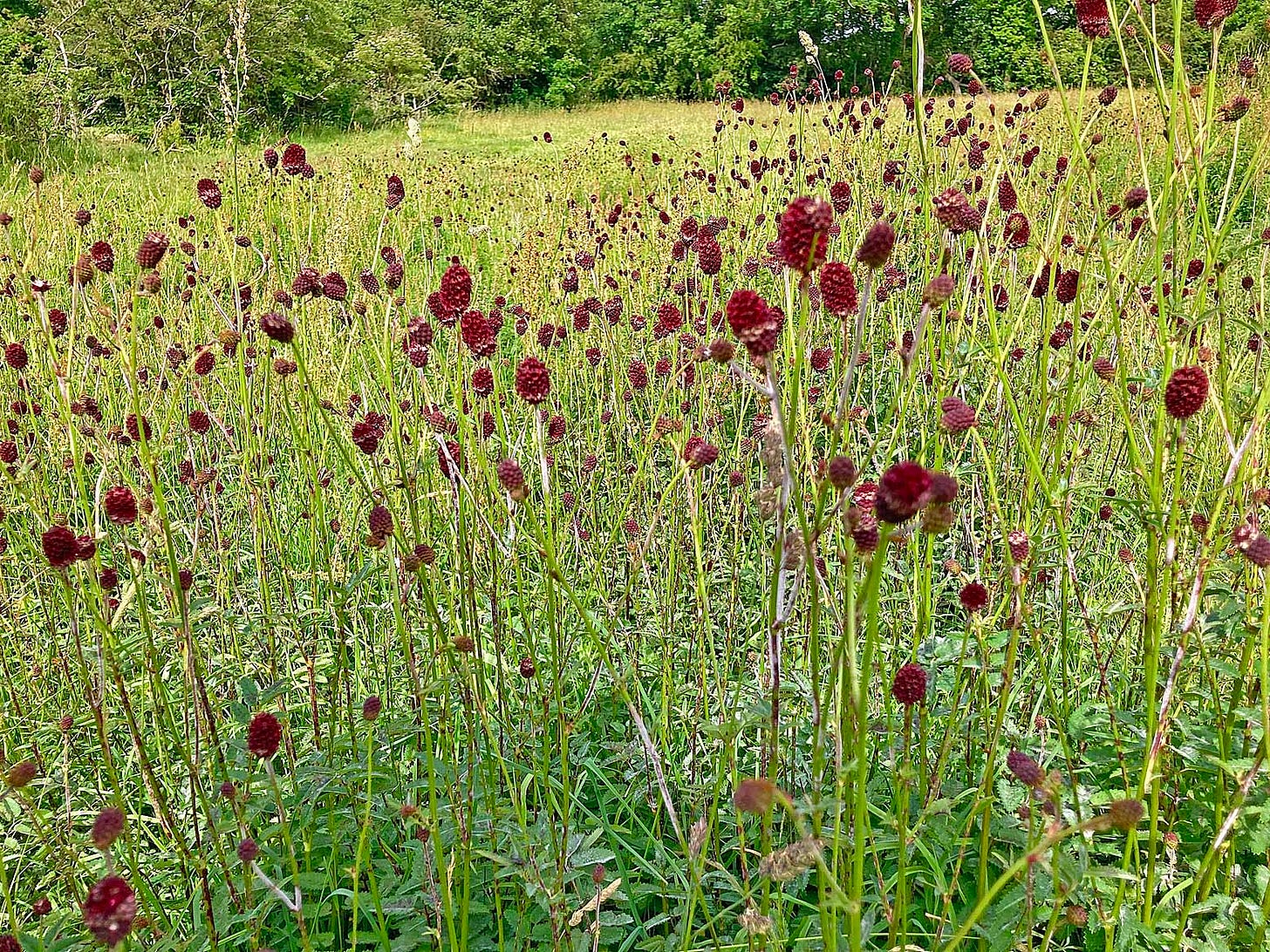
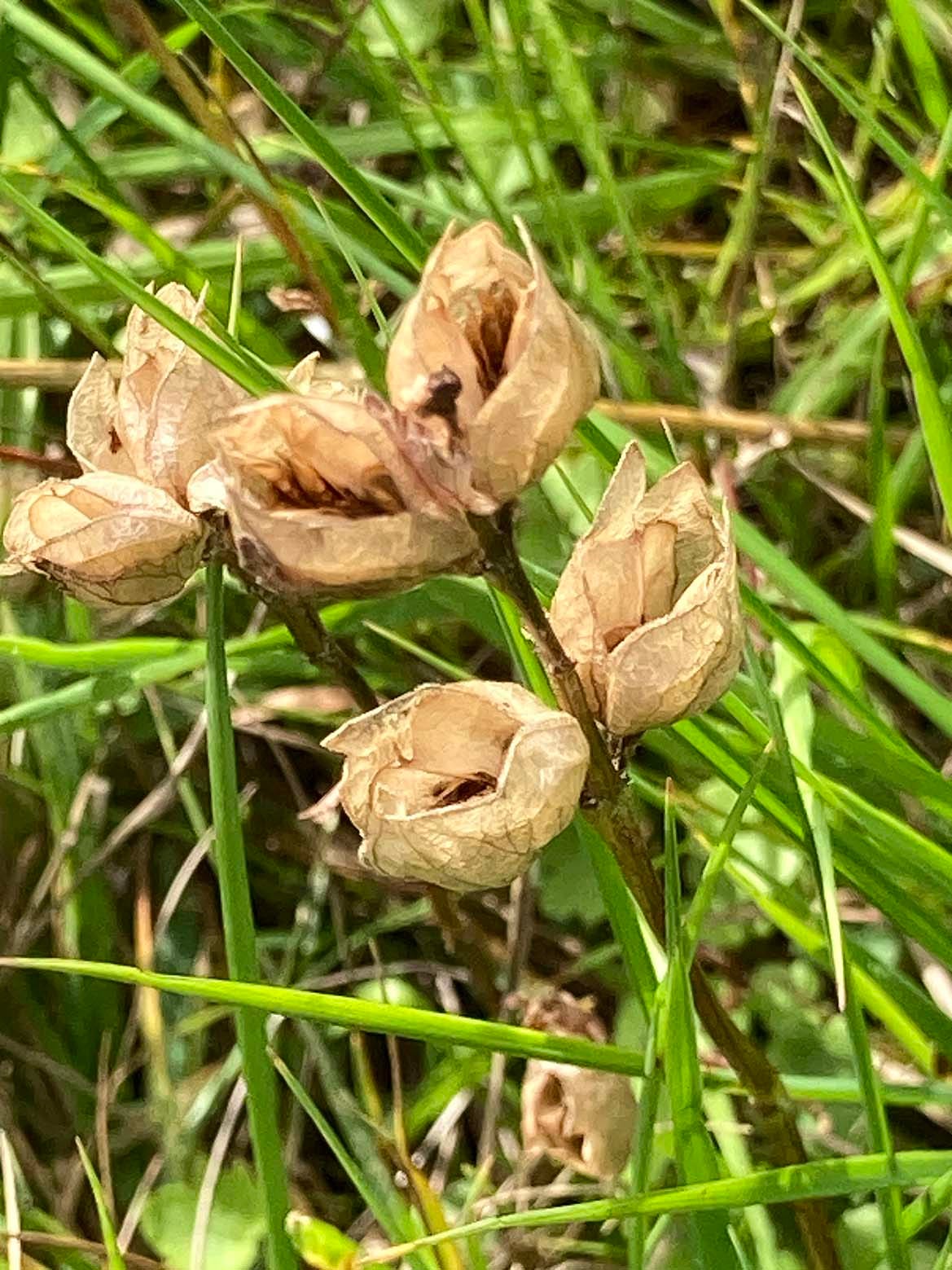
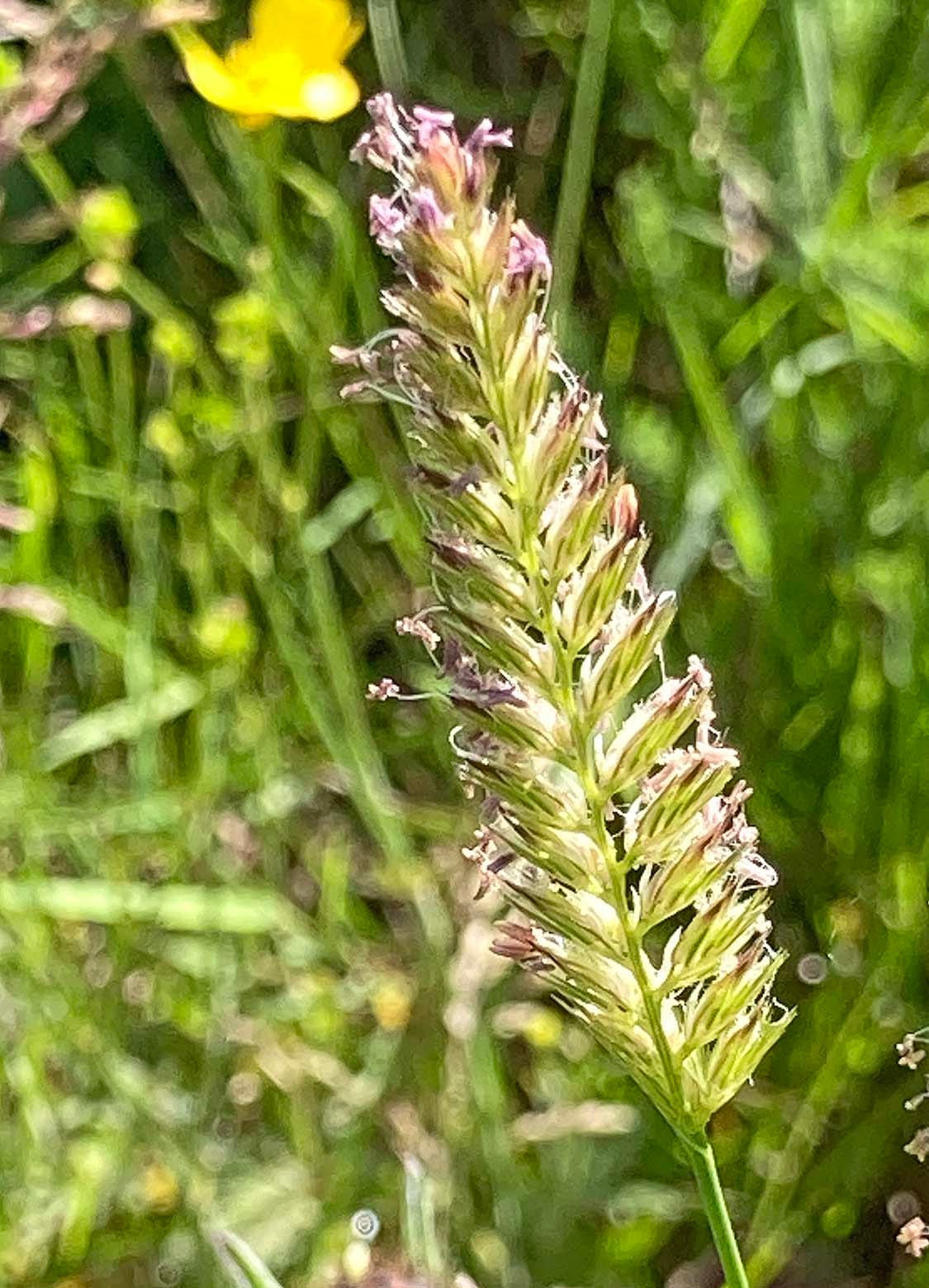
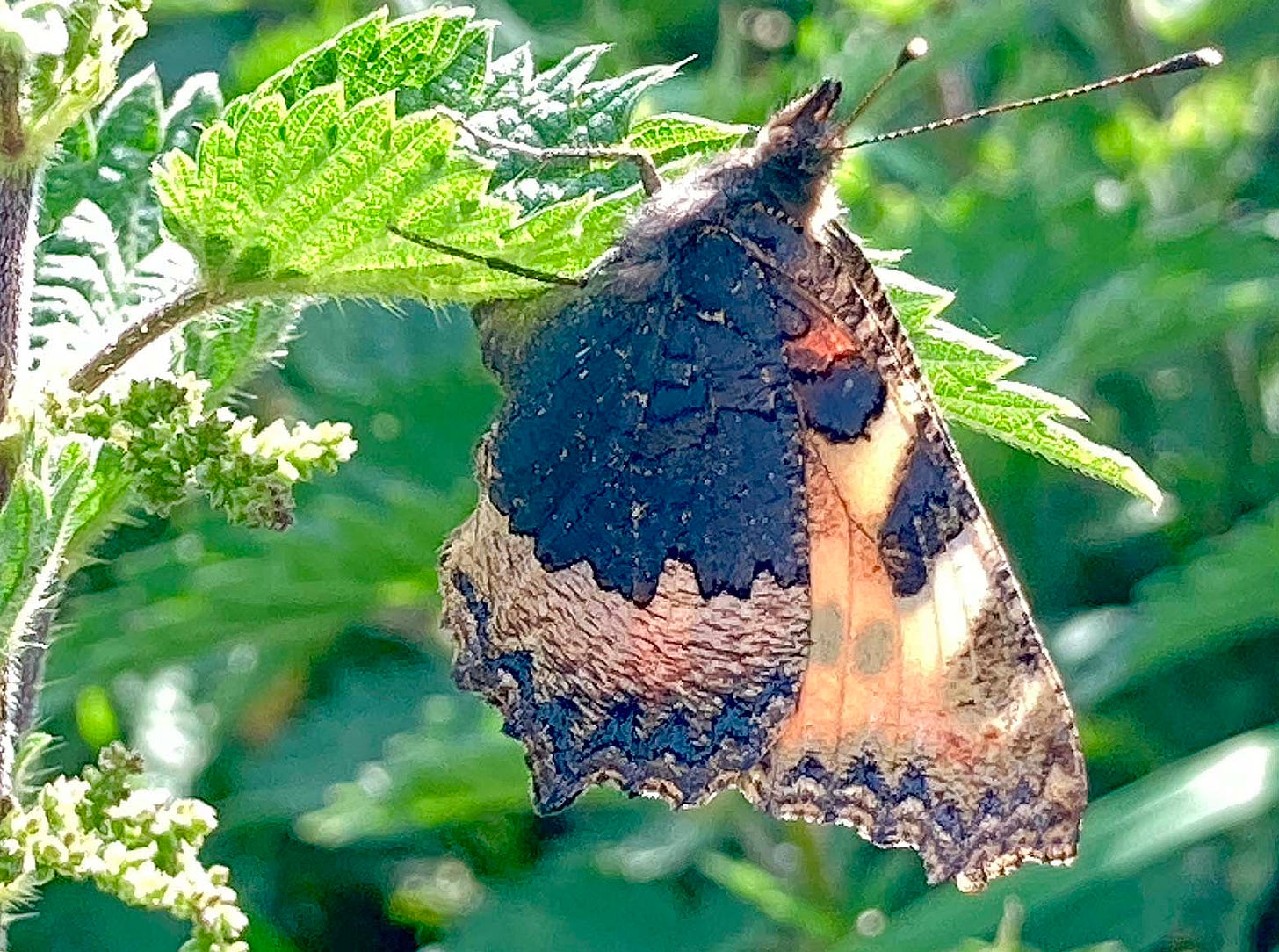

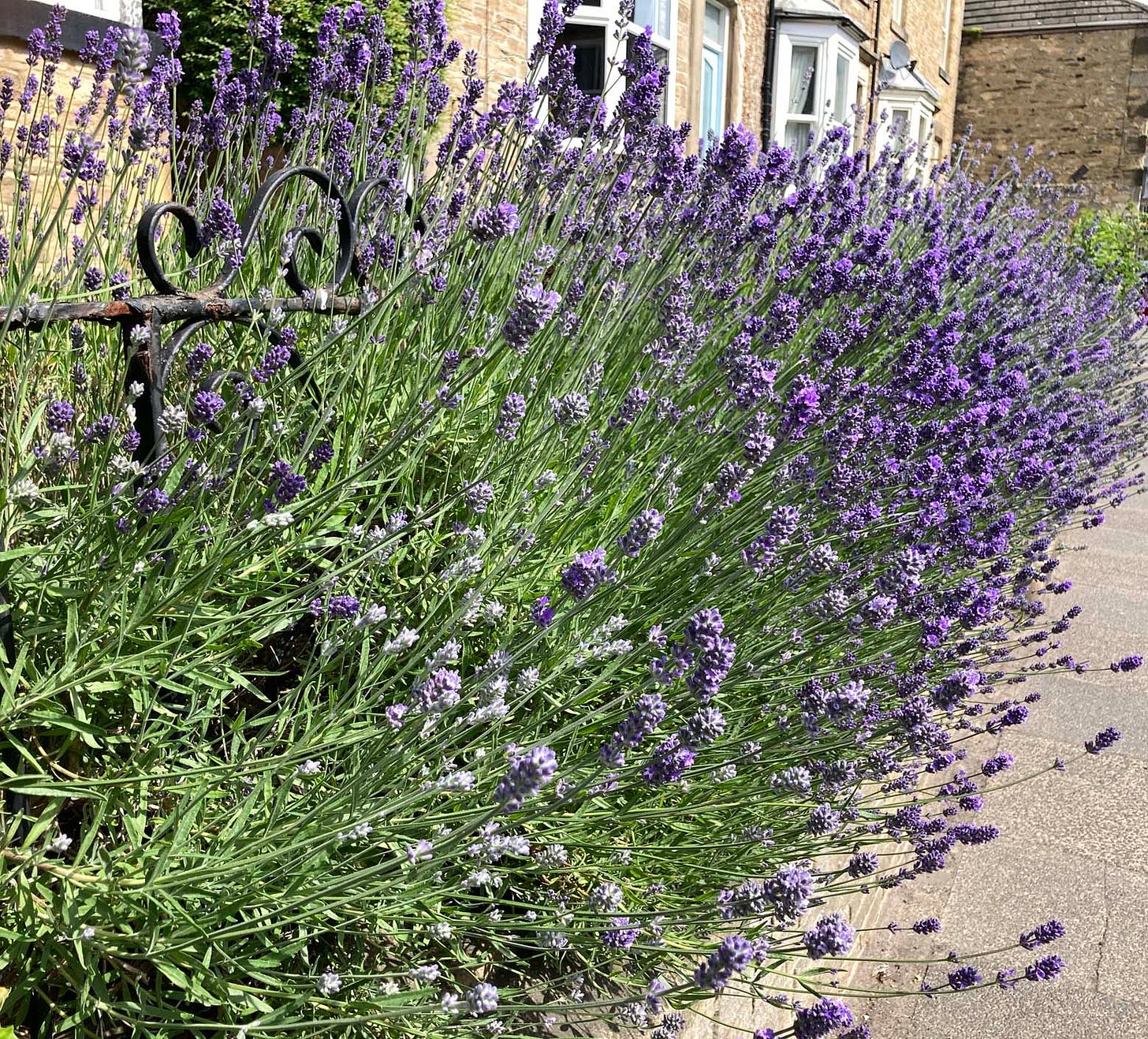
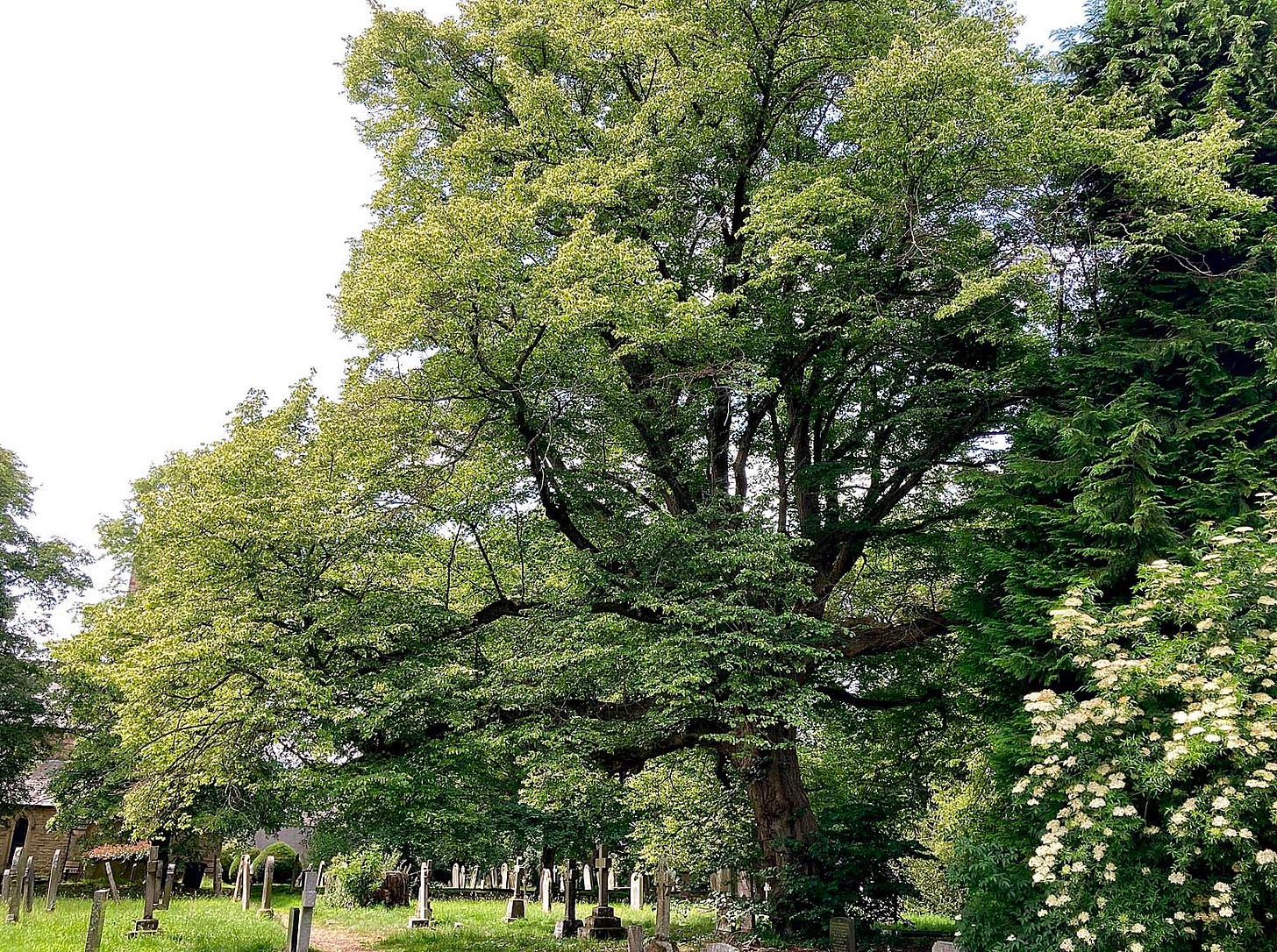
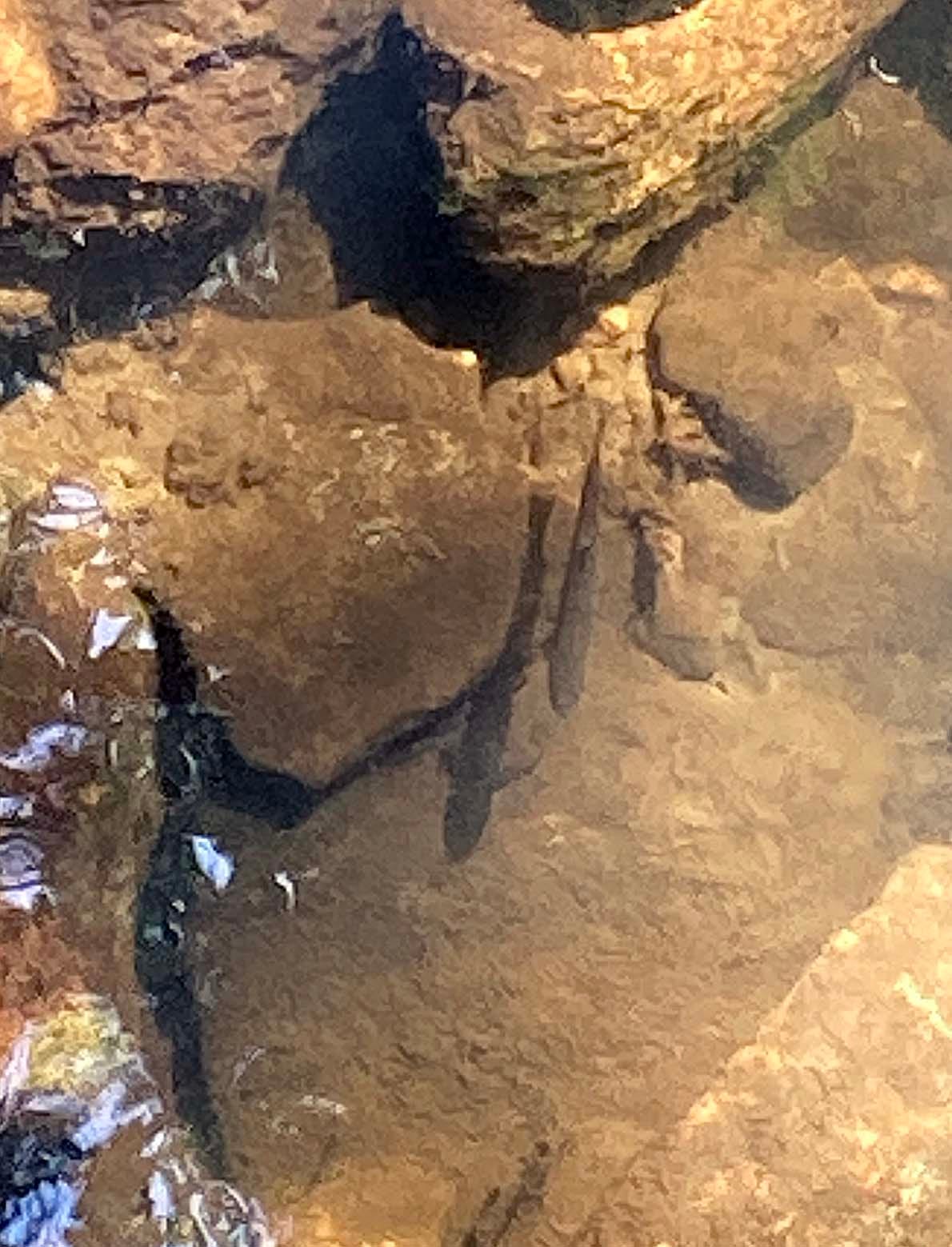
Very interesting Phil, to read about Wolsingham; I used to live north of there near Lanchester and really enjoyed roaming its countryside. Also remember a friend living in Wolsingham who sang in a folk band with the wonderful name of “The Pudding Poke Buskers” (I think I have that right?). Keep up the good work, your writing really brings back to me the glorious wildlife of Co. Durham.